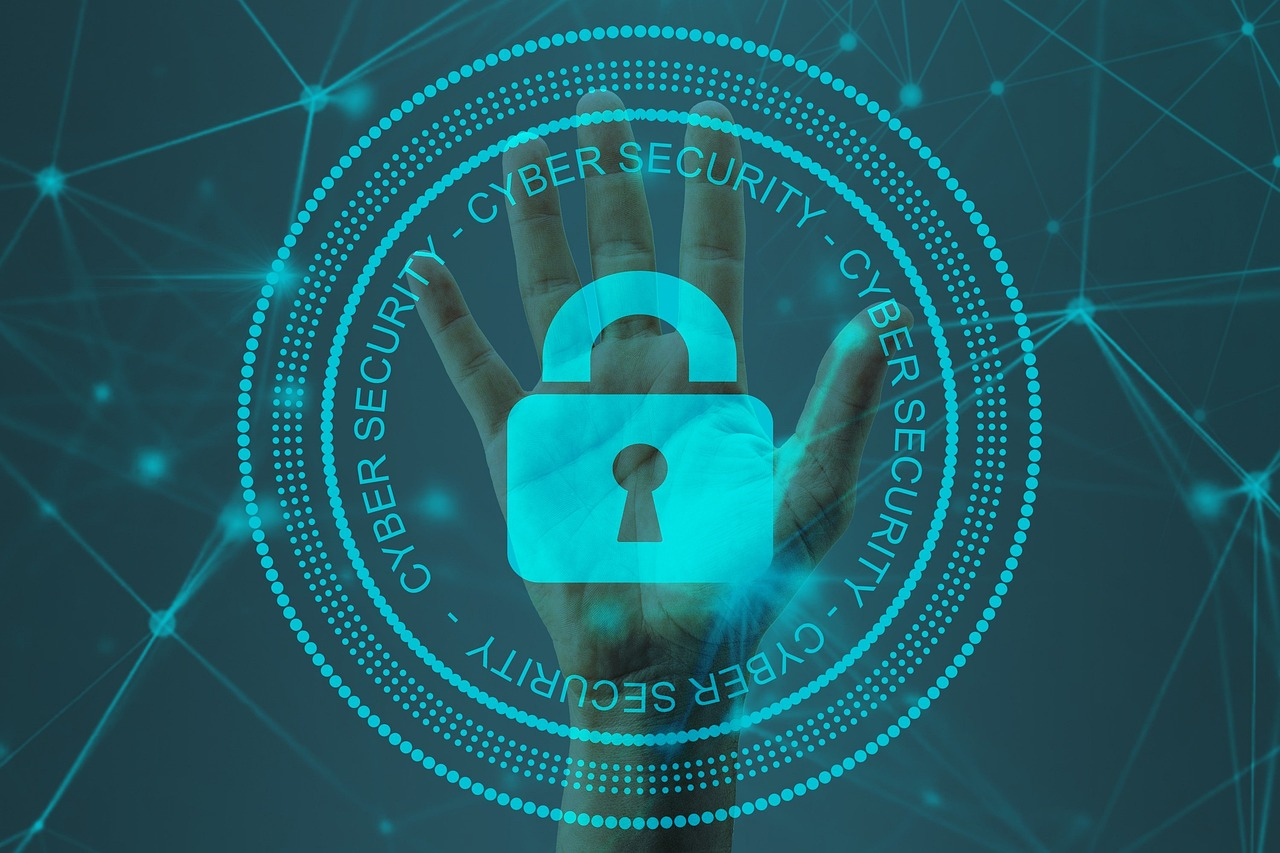
In an era dominated by digital advancements, the term “cybersecurity” has become more than just a buzzword; it stands as the frontline defense against so many digital threats. As businesses increasingly rely on technology to operate and thrive, the significance of robust cybersecurity practices cannot be overstated.
Cybersecurity serves as the guardian of sensitive information, shielding businesses from the relentless barrage of cyber threats that lurk everywhere on the internet.
In this blog post, we delve into the fundamentals of Cybersecurity, focusing on how businesses can safeguard their digital assets and operations. As technology evolves, so do the methods employed by malicious actors seeking to exploit vulnerabilities for their gain.
Understanding the essence of cybersecurity is not just a matter of fortifying against specific threats but adopting a proactive mindset that anticipates and mitigates risks. Join us on a journey to explore the essentials of cybersecurity and discover why it is an indispensable facet of modern business survival.
Importance of Cybersecurity for Businesses
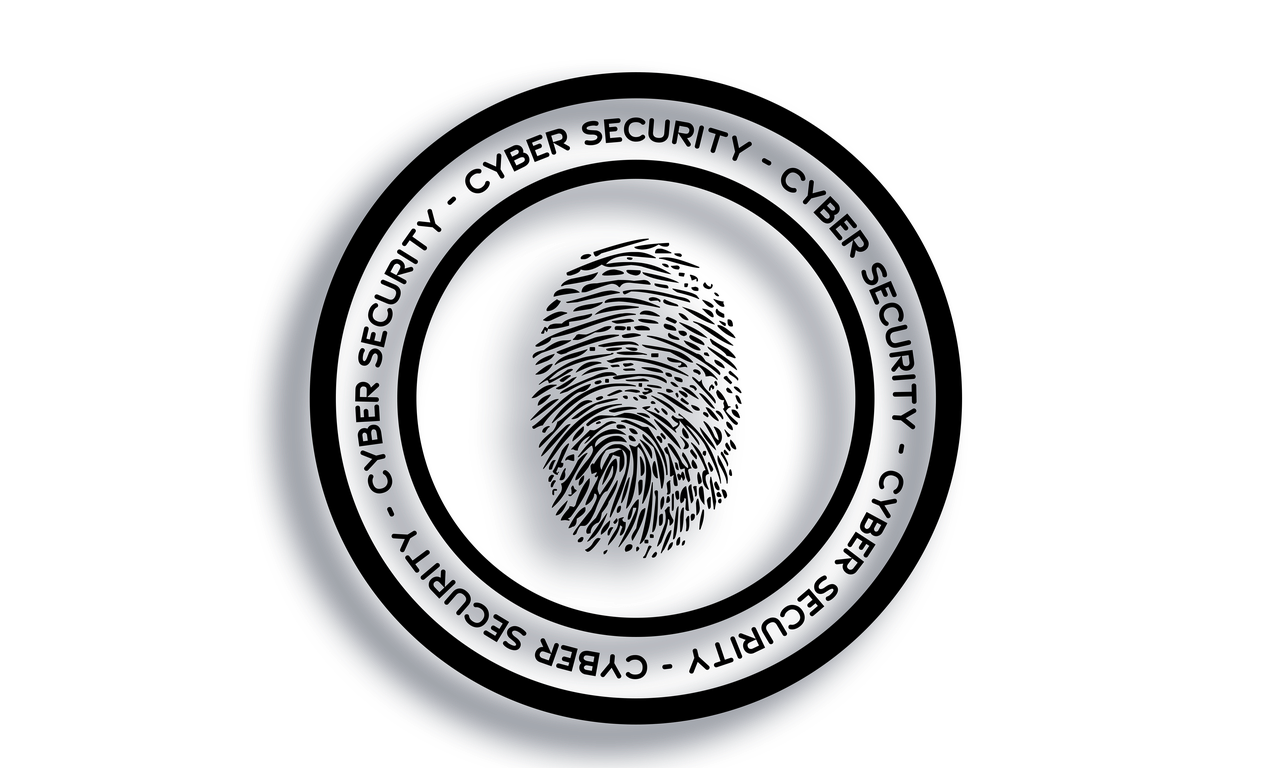
In today’s digital world, cybersecurity is not just a choice; it is imperative for every business’s survival and sustained success. Here’s why:
Data Protection:
Cybersecurity is paramount for safeguarding sensitive data. Businesses must ensure that confidential information is protected from unauthorized access, theft, or manipulation, from customer information to proprietary data.
Financial Security:
A robust cybersecurity posture directly contributes to financial security. A single data breach can lead to huge financial losses, legal liabilities, and damage to a company’s reputation. Implementing cybersecurity measures helps prevent financial repercussions resulting from data breaches and cyber attacks.
Maintaining Customer Trust:
Businesses thrive on trust, and customers trust companies with their data. A data breach can erode this trust rapidly. Cybersecurity measures protect customer information and demonstrate a commitment to maintaining the trust and confidence of clients and partners.
Operational Continuity:
Cyber attacks can disrupt business operations, leading to downtime and significant financial losses. Cybersecurity helps ensure operational continuity by preventing disruptions caused by ransomware, denial-of-service attacks, or other cyber threats.
Compliance with Regulations:
Many industries are subject to strict regulations regarding data protection. Cybersecurity measures help businesses comply with these regulations, avoiding legal consequences and potential fines. This is crucial in sectors such as finance, healthcare, and e-commerce.
Intellectual Property Protection:
For businesses relying on intellectual property, cybersecurity safeguards inventions, trade secrets, and proprietary technologies. Protecting these assets is vital to maintaining a competitive edge and preserving the innovation that drives business success.
Brand Reputation:
A company’s reputation is one of its most valuable assets. Cybersecurity incidents can tarnish a brand’s image, leading to customer distrust and potential loss of business. Prioritizing cybersecurity is a proactive approach to safeguarding a business’s brand and reputation in the digital landscape.
Further reading: Types of Branding Strategies (Comprehensive Guide)
Types of Cybersecurity Threats

Cybersecurity threats come in different forms, and businesses must be aware of the different ways they can manifest; the following are different types of cybersecurity threats in today’s digital landscape:
Malware:
Malicious software, or malware, includes viruses, worms, and trojans designed to infiltrate and damage computer systems. It can be distributed through infected files, emails, or compromised websites.
Phishing:
Phishing involves deceptive tactics to trick individuals into revealing sensitive information, such as passwords or credit card details. Typically, attackers use fake emails or websites posing as legitimate entities.
Ransomware:
Ransomware encrypts a user’s files, rendering them inaccessible. Attackers then demand a ransom payment in exchange for decrypting the files. It can spread through malicious email attachments, websites, or vulnerable software.
Man-in-the-Middle (MitM) Attacks:
In MitM attacks, cyber criminals intercept and potentially alter communications between two parties without their knowledge. This can lead to unauthorized access, data theft, or the injection of malicious content.
SQL Injection:
SQL injection attacks exploit security vulnerabilities in a web application’s database by injecting malicious SQL code. This can lead to unauthorized access, data manipulation, or exposure of sensitive information.
Denial-of-Service (DoS) and Distributed Denial-of-Service (DDoS) Attacks:
DoS and DDoS attacks aim to overwhelm a system, network, or website, rendering it inaccessible to users. These attacks flood the target with excessive traffic, disrupting normal operations.
Zero-Day Exploits:
Zero-day exploits target software or hardware vulnerabilities unknown to the vendor. Cyber criminals exploit these vulnerabilities before developers can create and release patches, making them particularly dangerous.
Social Engineering:
Social engineering relies on manipulating individuals into divulging confidential information or performing actions compromising security. Techniques include impersonation, pretexting, or exploiting human psychology.
Internet of Things (IoT) Vulnerabilities:
With the proliferation of connected devices, IoT vulnerabilities present opportunities for cyber attacks. Insecure internet connection to devices can be exploited to gain unauthorized access or launch attacks on other systems.
Insider Threats:
Insider threats involve individuals within an organization intentionally or unintentionally compromising security. This can include employees with malicious intent, negligent behavior, or individuals tricked by external attackers into aiding a breach.
Essential Cybersecurity Tools for Businesses

To tackle cyber threats, you must be equipped with the relevant tools that can help protect your business. The following are essential tools used in cybersecurity for businesses:
Firewalls:
Firewalls are a barrier between a business’s internal network and external threats. They monitor and control incoming and outgoing network traffic based on predetermined security rules, preventing unauthorized access.
Antivirus Software:
Antivirus software detects, prevents, and removes malicious software (malware) from computer systems. It provides real-time protection against viruses, worms, trojans, and other types of harmful software.
Intrusion Detection Systems (IDS):
IDS monitors network or system activities for malicious behavior or policy violations. It alerts administrators to potential security incidents, helping to identify and respond to threats promptly.
Virtual Private Network (VPN):
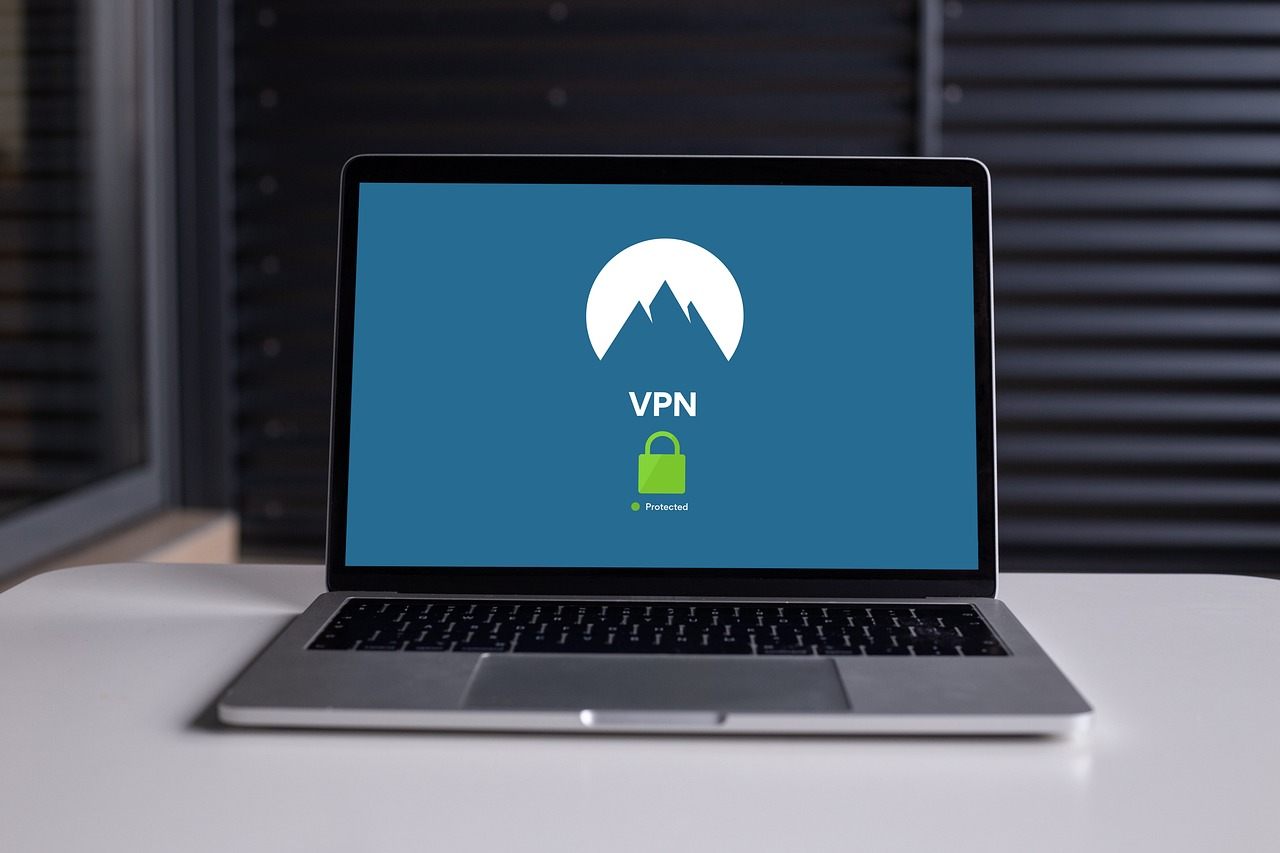
VPNs encrypt internet connections, ensuring secure data transmission over public networks. For businesses, VPNs are vital in protecting sensitive information when employees access company networks remotely.
Security Information and Event Management (SIEM) Systems:
SIEM systems collect and analyze log data from various systems across an organization. They provide real-time insights into security events, helping businesses detect and respond to potential threats.
Multi-Factor Authentication (MFA):
MFA adds an extra layer of security by requiring users to provide multiple forms of identification before granting access. This mitigates the risk of unauthorized access, especially in the case of compromised passwords.
Endpoint Protection:
Endpoint protection tools safeguard individual devices, such as wireless access points from security threats. They include antivirus, anti-malware, and other features to ensure comprehensive protection for devices within a network.
Security Awareness Training Platforms:
These tools provide training and simulations to educate employees about cybersecurity best practices. Businesses can reduce the risk of human-related security breaches by raising awareness and promoting good security habits.
Patch Management Software:
Patch management tools automate the process of updating and patching software vulnerabilities. Ensuring that systems are up-to-date helps prevent the exploitation of known security flaws.
Encryption Tools:
Encryption tools secure data by converting it into a coded format that can only be deciphered with the appropriate key. This is crucial for protecting sensitive data during transmission and storage.
Tips to Protect Your Business Against Cyber Crime
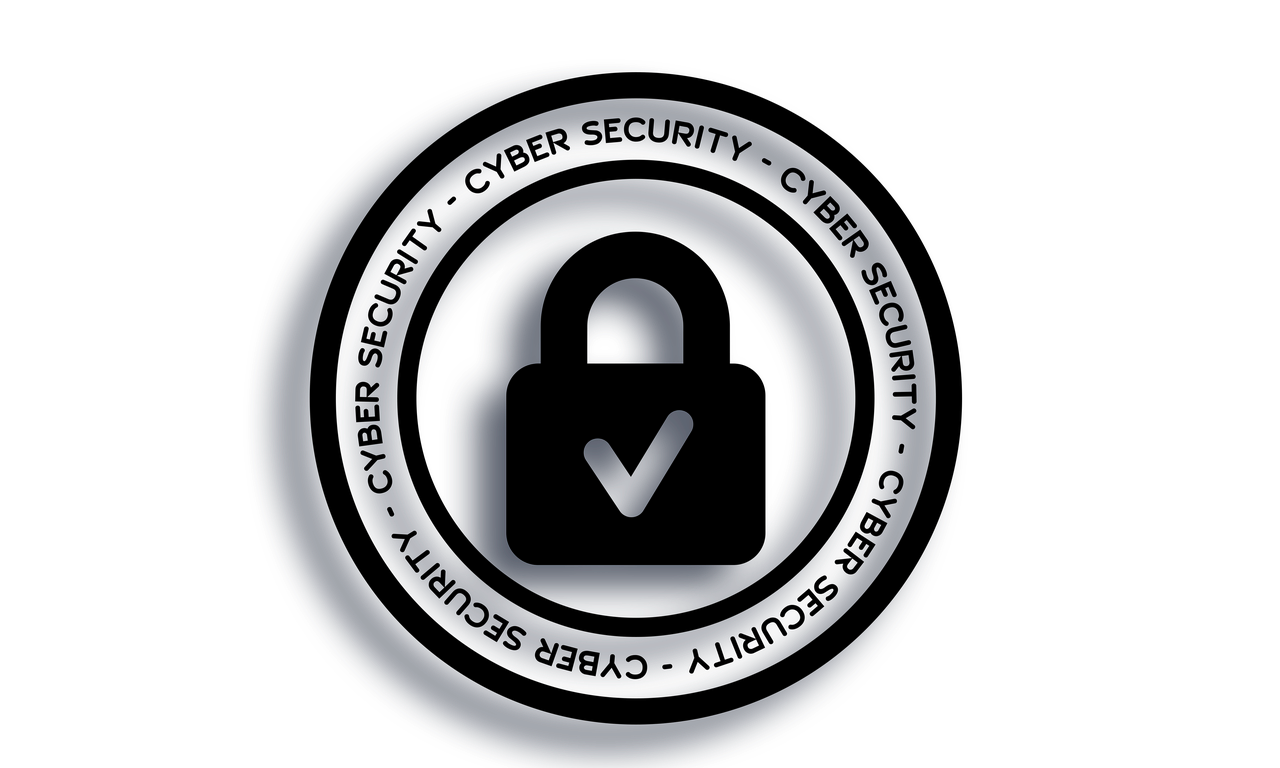
Protecting your business against cybercrime requires a concerted effort. All hands must be on deck to achieve this; the following are practical tips that can help protect your business against such threats:
Educate Employees:
Provide cybersecurity training to employees, emphasizing the importance of recognizing phishing attempts, using strong passwords, and following security best practices. Well-informed staff is a crucial line of defense against cyber threats.
Implement Strong Password Policies:
Enforce the use of complex passwords and consider implementing multi-factor authentication (MFA) to add an extra layer of security. Regularly remind employees to update passwords and avoid using easily guessable information.
Regularly Update Software and Systems:
Keep all software, operating and security systems, and applications up-to-date with the latest security patches. Regular updates help fix vulnerabilities and protect against exploits that target outdated systems.
Secure Your Network with Firewalls:
Use firewalls to monitor and control incoming and outgoing network traffic. Configure firewalls to allow only necessary connections, reducing the risk of unauthorized access and potential cyber threats.
Backup Important Data Regularly:
Implement a robust data backup strategy to protect critical business information. Regularly back up data to secure, off-site locations to ensure quick recovery in case of ransomware attacks or data loss.
Implement Access Controls:
Limit access to sensitive data by implementing access controls. Only grant permissions to employees based on their roles, reducing the risk of unauthorized access and insider threats.
Conduct Regular Security Audits:
Perform regular security audits to identify vulnerabilities in your systems. Assess and test your cybersecurity measures to ensure they are effective and adjust them based on emerging threats.
Establish an Incident Response Plan:
Develop a detailed incident response plan outlining steps to be taken in the event of a cyber attack. This plan should include communication strategies, roles and responsibilities, and procedures for containing and mitigating the impact of the incident.
Monitor User Activities:
Implement monitoring systems to track user activities and network traffic. Unusual patterns or suspicious behavior can indicate a potential security breach, allowing for timely intervention.
Collaborate with Cybersecurity Experts:
Consider engaging with cybersecurity professionals or services to assess your business’s security posture. Their expertise can help identify vulnerabilities and implement effective measures tailored to your specific needs.
What Do You Do When Your Business Suffers a Cybersecurity Breach?
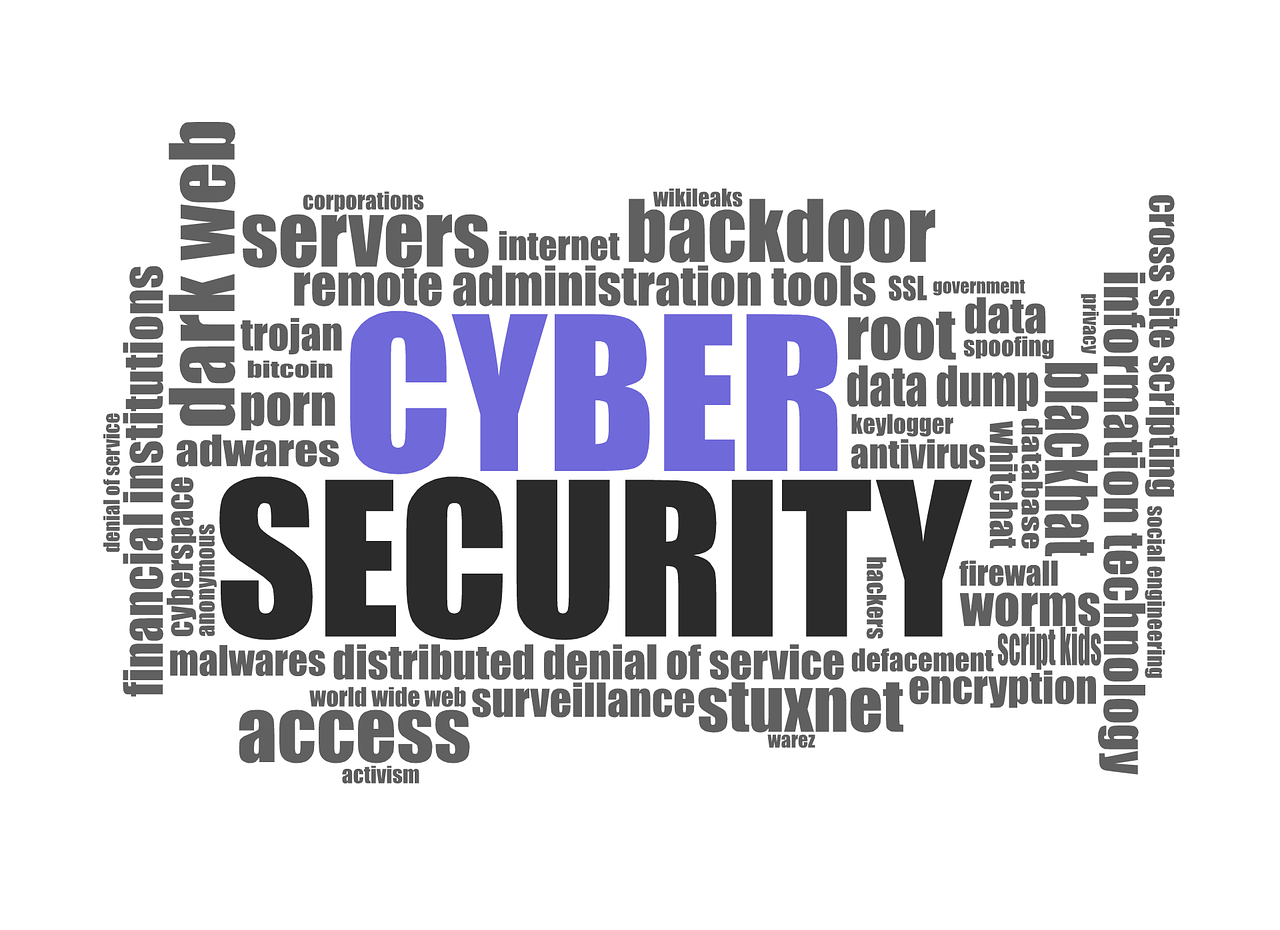
Navigating a cybersecurity breach requires an immediate and strategic response. In the face of such challenges, a well-orchestrated plan is essential. The following are the steps to take when faced with a security breach:
Isolate and Contain the Breach:
Immediately isolate the affected systems to prevent the spread of the breach. Disconnect compromised devices from the network to contain the incident. This helps limit the damage and prevents further unauthorized access.
Activate Your Incident Response Plan:
Follow the steps outlined in your incident response plan. This includes notifying key personnel, assigning specific roles and responsibilities, and initiating procedures for investigating and mitigating the breach. Having a well-prepared plan in place streamlines the response process.
Notify Relevant Authorities and Stakeholders:
Certain types of cybersecurity breaches in many jurisdictions require notification to regulatory authorities. Be aware of legal obligations and promptly report the incident to the appropriate agencies. Additionally, inform relevant stakeholders such as customers, partners, and employees about the breach, maintaining transparent communication.
Conduct a Thorough Investigation:
Investigate the breach to determine the extent of the compromise, identify the entry point, and understand the nature of the attack. Analyze logs, system records, and other critical data to gather insights into the incident. This information is crucial for implementing effective countermeasures and preventing future breaches.
Implement Corrective Measures and Enhance Security:
Take immediate steps to rectify the breach. This may involve applying patches, updating security configurations, and removing malware. Strengthen security measures by enhancing access controls, updating passwords, and implementing additional safeguards based on lessons learned from the incident. Regularly monitor systems to ensure ongoing security.
Remember, a swift and coordinated response is essential to minimize the impact of a cybersecurity breach on your business. Engage with cybersecurity professionals if needed, and continuously assess and update your security measures to stay resilient against evolving threats.
Conclusion
In conclusion, safeguarding your business in the digital age requires an unwavering commitment to cybersecurity. We have discussed the essential principles of cybersecurity, emphasizing the diverse threats enterprises face and the crucial measures needed to fortify against them.
From implementing robust security tools to fostering a culture of awareness, the proactive approach to cybersecurity is crucial in mitigating risks and ensuring the integrity of vital information. By adhering to these principles and remaining vigilant against emerging threats, businesses can protect themselves and contribute to a more resilient digital ecosystem.





